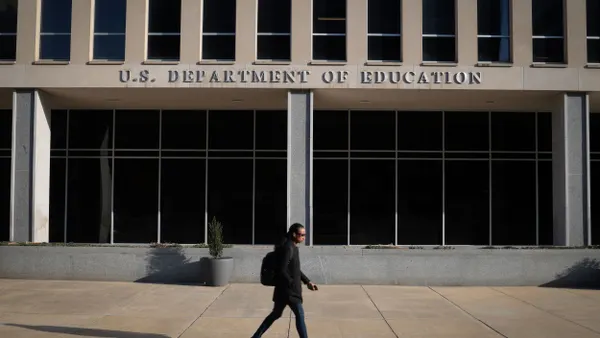Dive Brief:
- California’s FAIR Education Act requires that history textbooks for K-8 students now cover LGBT contributions, as well as those made by people with disabilities. The new textbooks will be in use for the 2018-19 school year.
- Students who attend schools that teach about LGBT people and their contributions to history help all children feel safe no matter their sexual orientation, says District Administration citing a 2015 study from GLSEN, an educational group that focuses on creating safe learning spaces for students.
- GLSEN suggests that administrators should reassure teachers that using LGBT materials and discussing these topics will not result in any pushback. Talking to parents first, and letting them know about the curriculum in advance, can also be helpful.
Dive Insight:
History is not written in concrete, despite the numerous markers, monuments and pillars we find around the world. As our understanding of the world changes, so too does the way we explain the past to ourselves and to students. At the beginning of the Civil Rights movement, for example, curriculum developers began to include more African American historical figures — a push that continues today. This same awareness is now growing through the LGBTQ movement. Social changes not only influence the way we think, but are also reflected in how educators teach students.
Including more historical information about traditionally disenfranchised groups in curriculum can be difficult, particularly around LGBTQ topics. Seven states including Louisiana, Mississippi and Texas, have laws on the books that, in some cases, do not allow teachers to talk about LGBTQ people or require educators speak about them in a negative light, according to GLSEN which tracks these laws.
But giving a voice to groups historically unheard from in classrooms helps all students see themselves reflected in the world. LGBTQ students with teachers who not only speak about these issues but are supportive, “…are more engaged and fare better in school,” reports GLSEN. Administrators wanting to not only educate, but empower students, should increase the materials they send to classrooms.










